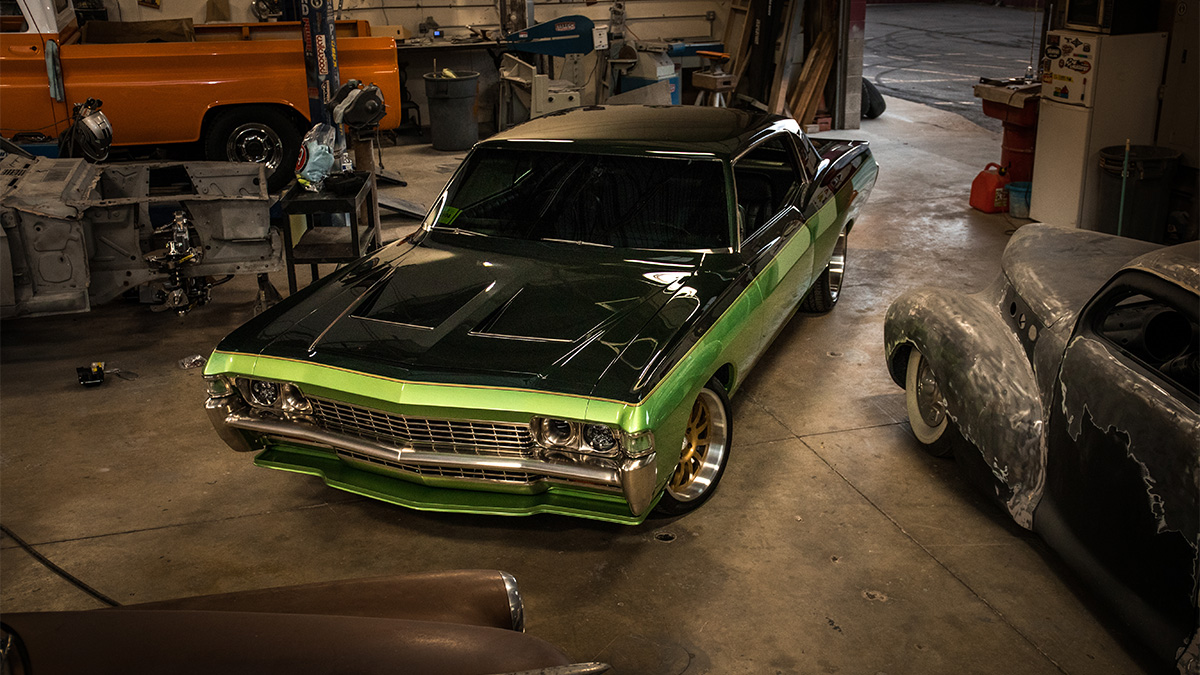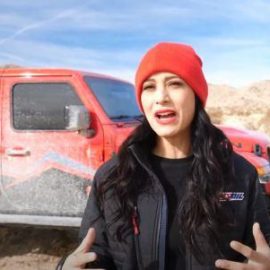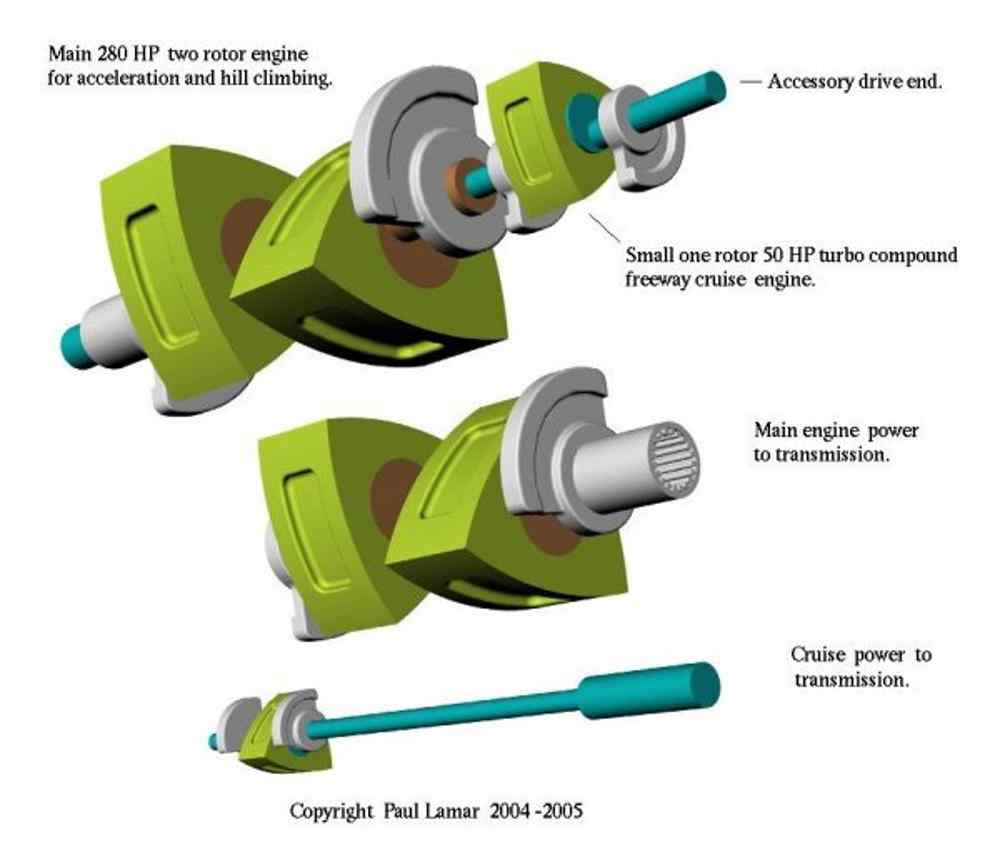MUSCLE CAR MANIA: Chevy* Power We look under the hood at classic Chevy muscle car engines and the products to protect them. _by Brad Nelson|March 1, 2024 The glory days of the muscle-car era were fueled by a war between American automakers for stoplight-to-stoplight power and speed. The victors were speed demons who craved increasingly […]
You are browsing archives for
Category: Auto Enthusiasts
See why Tiffany Stone is Into Jeeps
So just why is it that Tiffany Stone is Into Jeeps And who is Tiffany Stone I guess is the first question? Lindsay Premo|Feb 17, 2021 Spot Tiffany Stone at any event and you know you’re in good company. Her infectious enthusiasm and likability draw attention no matter if she is at an American Rally […]
Street Rodder Road Tour Pays Visit to AM...
Street Rodder Road Tour Pays Visit to AMSOIL and the Northland Ed Newman|Jun 21, 2017 3:04 PM Have you ever owned a car that you really loved to drive and enjoyed being with? I have, and I know an awful lot of others who have experienced this kind of happiness. The follow-up question is this: […]
The RX8 was a great design but flawed mo...
Solving the Utterly Useless Fuel Economy Issue in the Mazda RX8 An interesting blog & article on an amazing body and suspension. I’d own one now if I had the plan to make improvements. Perhaps one day.. Here are some clips from the post and the link so enjoy: 35 MPG RX8 by Paul Lamar […]



